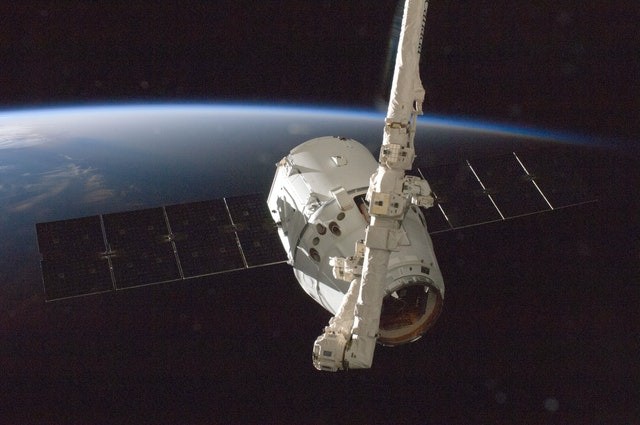Have the giant leaps produced by space agencies in technological advancement made you dream of putting on a spacesuit and going off to space? Well then stand in line, as NASA is presently getting ready to launch the most unanticipated of creatures to space!

SpaceX Cargo
As an inclusion to SpaceX's cargo resupply mission, next week, the American space agency will be sending 128 glow-in-the-dark baby squids and 5,000 tardigrades to the International Space Station (ISS). SpaceX planned on launching its 22nd mission to the space station on the 3rd of June 2021, in which it will hold supplies and demonstrations of scientific research and technology from NASA's Kennedy Space Center in Florida, US.
Tardigrades, referred to as water bears or moss piglets because of their appearance under a microscope and common abode in water, are tiny creatures that withstand environments more extreme than most forms of life can. They have been discovered everywhere - tropical rainforests, deep sea, mountaintops, mud volcanoes, and the Antarctic - as they are capable of sustaining themselves under extreme temperatures, dehydration, extreme pressure, radiation, air deprivation, and even extreme hunger.
Also Read: SpaceX Studying Potential Landing Sites on Mars, Four Regions Identified as Candidates
An Invitation to Space
This is not the first time that these tough creatures have been given an invitation to space, Ingemar Jonsson of Sweden's Kristianstad University and team launched two species of tardigrade that is dried up aboard ESA'S FOTON-M3 in September 2007. After about 10 days of exposure to space, these samples came back to Earth, where 68% of them were brought back to life within 30 minutes of being given water.
Many of these samples even went on to lay eggs that hatched successfully. By studying the molecular biology of short-term and cross-generational survival of water bears, and make identification of the genes involved in survival and adaptation in environments with high stress, researchers are expecting to understand the stress factors affecting humans in space and develop suitable countermeasures.

Baby Bobtail Squid
Thomas Boothby, a principal investigator said: "Spaceflight can actually be a challenging environment for organisms, both humans, who have gotten used to the conditions on Earth." "One of the things we are really eager to do is get an understanding on how tardigrades stay alive and how they reproduce in these environments, and whether we can get some knowledge about the tricks that they are applying and adapt them to safeguard astronauts," he added.
However, a different experiment will bring the baby bobtail squid which is a 0.12-inch-long organism possessing bioluminescent bacteria inside its body that creates a glow, to the ISS. Researchers have made a plan to make an investigation of the process through which the squid harbor these colonies of bacteria, as it has an immune system almost the same as the one humans have.
They hope to get an understanding of the symbiotic relationship between the bacteria and the squid, so as to determine how useful microbes interact with animal tissue in space.
Related Article: Man-Made Barrier Surrounding the Earth Found by NASA Space Probes
For more news, updates about space and similar topics don't forget to follow Nature World News!
© 2025 NatureWorldNews.com All rights reserved. Do not reproduce without permission.





